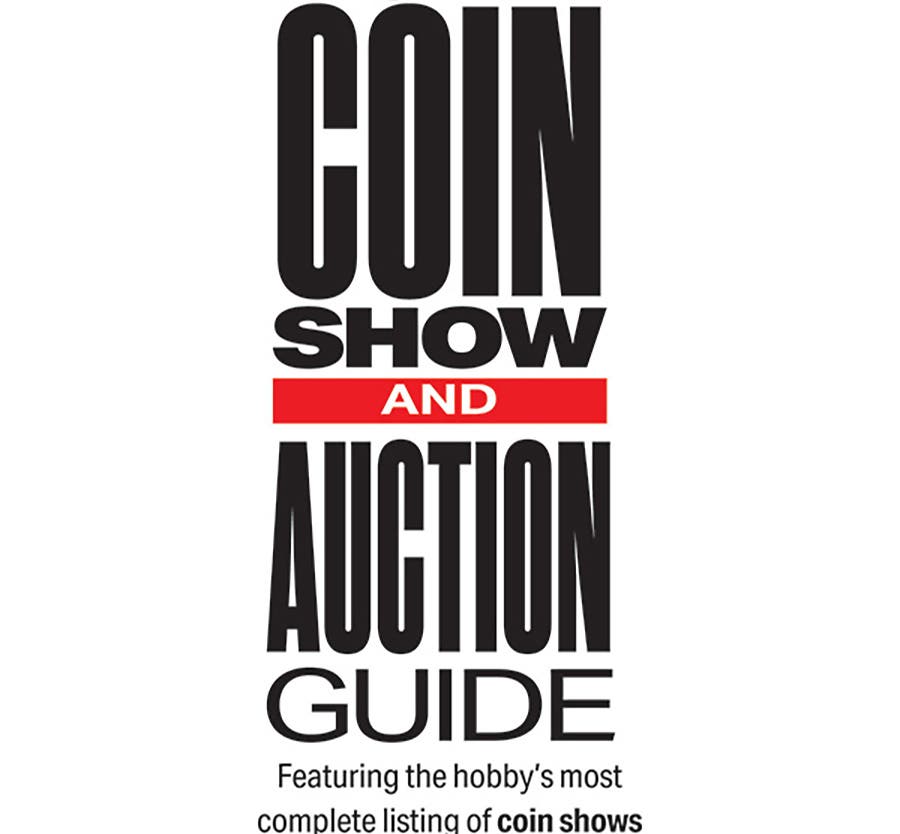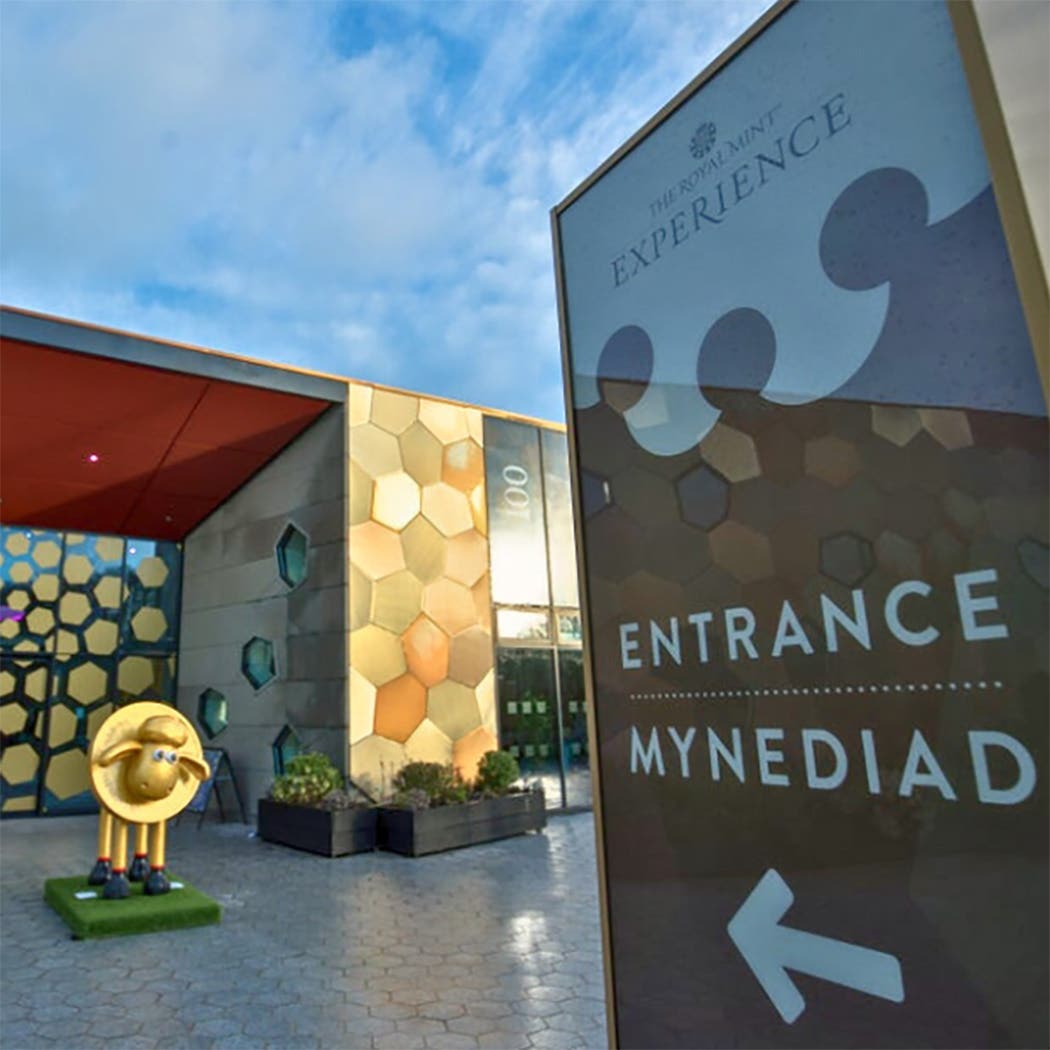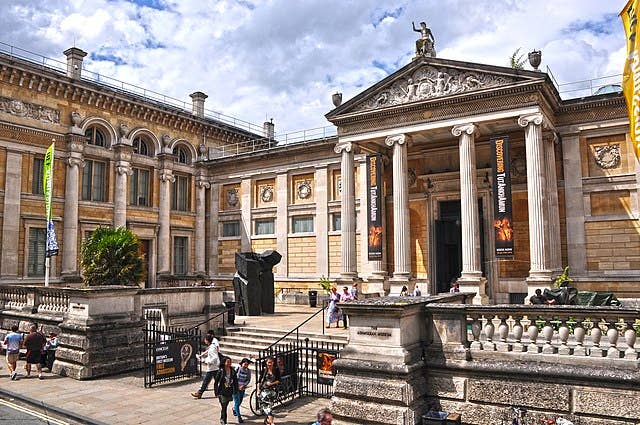Seminar Examines Future of Coins
Readers of this article are likely to be coin collectors, but how many times do we as coin collectors spend coins or banknotes rather than reach for some substitute such…
Readers of this article are likely to be coin collectors, but how many times do we as coin collectors spend coins or banknotes rather than reach for some substitute such as plastic debit or credit cards, or by using an app on our phone? While we may be more conscious of what’s in our pockets and wallets, most of us can admit we normally tend to use the same shortcuts to counting out money when it comes to most daily financial transactions.
Coin collectors look over our shoulders when we think about the alternatives to physical cash now commonly in use. New forms of cyber money are being unveiled almost daily. Smart cards are everywhere.
Several countries are considering replacing coins and banknotes completely. Sweden appears to be leading the charge to go cashless. Denmark isn’t far behind. The Peoples’ Bank of China is developing its own digital currency. A July 25 article published in the London newspaper Financial Times asks, “Could cash end up inside a museum?” while the question “Why do we still use cash, when a card is clearly more practical?” was posted to the ThisIsMoney.co.uk web site the same day.
Where does this put the future of physical money? Where does this put the future of coin collecting? These are the questions that were addressed at The Future of Money and Collecting seminar on August 14 by four presenters. The talks were sponsored by the Maynard Sundman/Littleton Coin Company Lecture Series at the Donald E. Stephens Convention Center in Rosemont, Illinois during the recent American Numismatic Association’s Chicago World’s Fair of Money.
ANA President Gary Adkins’ talk was titled "Education’s Role in the Future of Money." Adkins said the number of local coin shops is decreasing, many of these businesses primarily function now by buying coins for scrap value. The world is changing, however, the problems now facing collectors are not insurmountable.
Adkins said, “We can learn a lot from history, but can we teach it?” He advocated for the US Mint’s recent coins that reflect history, believing this will encourage new collectors. The problem regarding recently released mint products, according to Adkins, is too few dollars chasing the many world coin commemoratives. He also recognized the high cost someone will face if the desire is to purchase each of the new products the US Mint will issue within a single year.
Adkins also discussed cryptocurrencies. He indicated most such currencies are "get rich quick" schemes with no value, the danger being that such systems are being embraced by what he called “the younger generations.”
“Money,” according to Adkins, “is really what is on your bank balance ledger—very little of this becomes cash transactions.” He noted electronic transactions are only a touch away, while credit is abundant.
Adkins said he views Adam Smith’s 1776 book The Wealth of Nations as the beginning of the current monetary innovations. Today American capitalism is based on debt, even more so since the gold standard was ended during the presidency of Richard M. Nixon.
He sees Bitcoin as the truest form of barter. He also sees more people now having cell phones than bank accounts. We, however, need specie if physical coinage is to survive. “Money with intrinsic value cannot be dismissed.”
Education, in Adkins' view, is the answer for coin collecting to continue. He identified the ANA Education program (available on an app), discussions of establishing college elective credit programs, and a joint effort between the ANA and the Museum of American Finance in New York as some of the efforts that may help. He noted Barnes and Noble will soon carry the ANA magazine The Numismatist and that the ANA will offer free membership to all military personnel and their families.
Michael Marotta presented a paper on "What Does the Future of Money Look Like." Marotta said it is no longer necessary to have physical money. He said money is defined as a medium of exchange, a store of value, and as an item that is accountable. These three standards all meet the criteria for the personal money forms being developed now and for all forms of money that have been accepted in the past.
Marotta said the perceptions of what is money are not universal, adding “Money has its origins in ritual gift exchange."
According to Marotta, “Barter is what people resort to when money fails.” He stated both counting and reading were developed simultaneously. Writing also influences art. He noted the dollars in our wallets depict the unit of value in 20 different expressions.
Marotta said he wasn’t certain just how gold and silver came to be stores of value but was certain this was true by the time of Aristotle (384-322 BCE). By the Middle Ages, bankers could account for their assets and liabilities without ever touching money. Merchant tokens, which are a form of personal money, first appeared in England. Later store cards show that a work value can be monetized. Ritual gift exchange continues today through electronic gift cards.
Regarding physical cash, Marotta said, “Coins will continue because they are recognized.” He added that all forms of money we know today will continue and will be used alongside newer monetary technologies. The future depends on who and where you are.
Local Currencies in the Day of Global and Electric Money was the subject of the talk presented by Mark Benvenuto. Benvenuto said cyber money isn’t the only challenge to cash, noting that the growing modern phenomenon of local cash appears to be rooted in the 1990s. This locally issued scrip was the subject of his presentation.
According to Benvenuto, there are several reasons for local currencies to be popular. People are determined to keep wealth local, to push back against big companies, while viewing local currency as a way to retain power locally. Locally circulated forms of currency become accepted initially because many people in these places know each other.
Using recently issued scrip accepted widely in Ithaca, New York as an example Benvenuto said this money supply is determined by the value of time. The notes are valued in hour denominations for that reason.
Benvenuto said there are now numerous US communities that are issuing their own scrip with the value of someone’s time determining the value of each note. Similar “time is money” notes are now being issued in other countries as well. Some of these countries are Canada, Mexico, South Africa, and the United Kingdom.
In Benvenuto’s opinion, there are more local currencies that will be appearing, however, this should not suggest there aren’t “plenty of people who still believe in the US dollar.” He said these things aren’t there because people don’t trust the US dollar, but because of the fierce independence of individuals against the government and what he termed faceless large corporations.
Among other examples, Benvenuto used a Belgian 2.5-zinne scrip note to illustrate his talk. This note is based on the value of a beer selling for €2.5 at local taverns. The official currency in Belgium is the European Union euro.
Backtracking to the main theme of the seminar Benvenuto said he expects a local currency credit card and additional local scrip to be among future non-traditional forms of currency to be developed. Some of these modern forms of currency will be made for collectors, but others will be developed as true money substitutes. Those made only for collectors won’t, in his opinion, qualify as a true local currency
Ron Guth's presentation was on Back to the Future of Money: A Cautionary Tale. Guth acknowledged the future remains uncertain and out of our control, but he sees three possible futures. These are tomorrow, today, and the past. We can look backward and forwards. He then proceeded to look at how the past of money has led to what we have today. We can only guess at the future since we don’t know what future technologies have yet to be invented.
Guth pointed out that successful people such as Mark Zuckerberg and Steve Jobs are seen as visionaries, yet they were simply the people who guessed right. The unpredictability of past futures should, according to Guth, make us cautious of predicting tomorrow’s future.
One thing of particular importance is to learn from the past is to avoid future mistakes. Trade-in barter worked as long as there were vendors for its acceptance. Physical money could be accepted as value by everyone. Guth reviewed different primitive monetary systems including Yap stone money and wampum. These, he said, didn’t work in cross-territorial trade. Neither did (as an example) a Vermont token in colonial Connecticut. This desire for universality is still sought today. Modern examples include the European Union, where sovereign nations give up their monetary independence.
Guth asked, “What would you do with a Bitcoin in a place where no computer exists? What about conflict or inflation if there was a universally accepted monetary system?”
Guth sees the United States as following these situations through quantitative easing as a means through which more fiat currency is being printed. This new money has to go somewhere, that being into increased costs for consumers.
Guth said of fiat money, “The outcome is never very pretty,” adding “Fiat currency is destined to fail.”
Government actions impact the supply of money. Guth used the examples of the withdrawal of the $500 and $1,000 banknotes, the alterations to the composition of the 1-cent coin, and how Jacksonian economics and the ensuing Panic of 1837 led to Hard Times tokens emergency money.
According to Guth, “The fallacy of using past futures to predict the future of money is that history doesn’t always repeat itself in the same way, or history may not repeat itself at all.”








